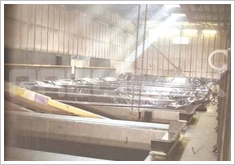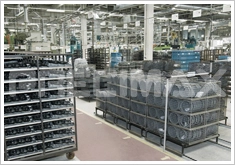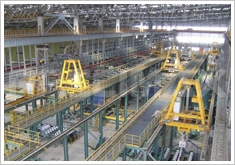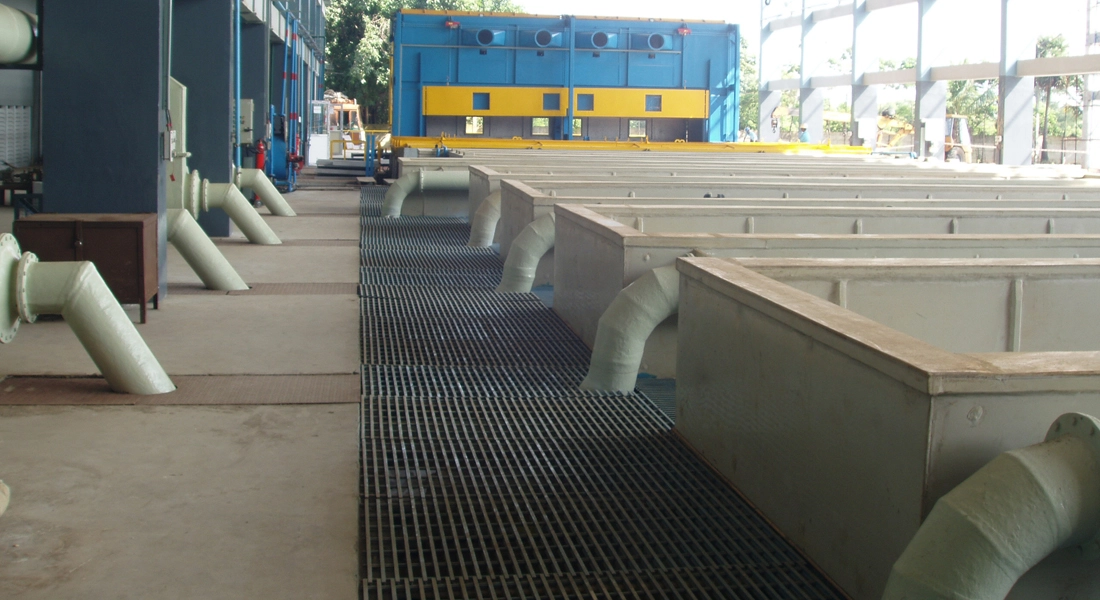
Pretreatment tanks are offered by us since 1962 with service warranty and replacement guarantee. The process of cleaning, painting and curing of a product has environmental & safety issues to consider. In the coating or painting industries there will be disposal of solid waste in the form of heavy metals, pigments and liquid waste that contains some solvents, burnt fuel gas and solvent vapors where the water will be the carrying medium. The process of cleaning, painting and curing of a products including industrial tanks, pretreatment tanks, pickling tanks, galvanizing tanks and galvanizing baths.
We had an ongoing tie-up with Gerhard Weber Kunststoff-Verarbitung GMBH Germany.
The galvanizing industry PX-96-CR tanks consist of 30 mm PX-96-CR lining, depending on the requirements, and a steel reinforcement as static element in addition to an 8 mm PX-96-CR exterior cladding. The lining and the exterior cladding are welded together and hermetically sealed. This excludes the possibility of the steel reinforcement being attacked by aggressive mediums.
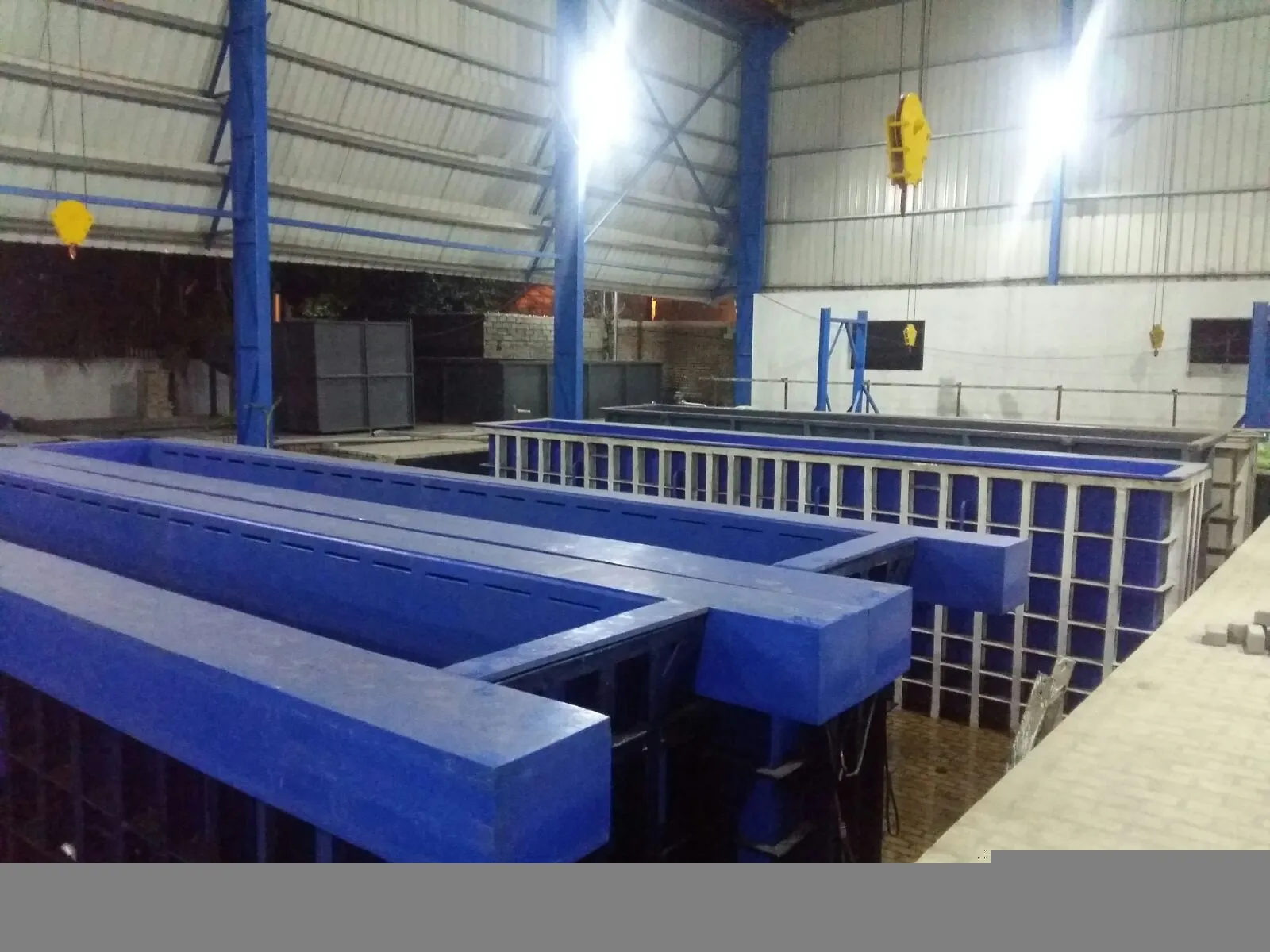
Compact constructed heat exchangers are employed to heat the individual bath. These are mounted onto the front side of the per-treatment tanks and connected to the on site hot water supply. This can be dismantled quick in order to service and cleaning work. The construction heat exchanger plate avails of the natural physical circulation of the medium which is to be heated. Due to the normal immersion procedure of the process, a recirculation or additional bathing is not required. This heat exchanger system is suitable for all mediums employed in the pretreatment plant.
In calculating the heat requirements galvanizing industry, we use water with a how temperature of 90°c as a heat transfer medium if other temperatures in the pre-treatment process are necessary. The dimensioning occurs according to the customer's demand and requirements. If required, each heat exchanger module can be equipped with a heat circulation unit containing a flow and run back system.
